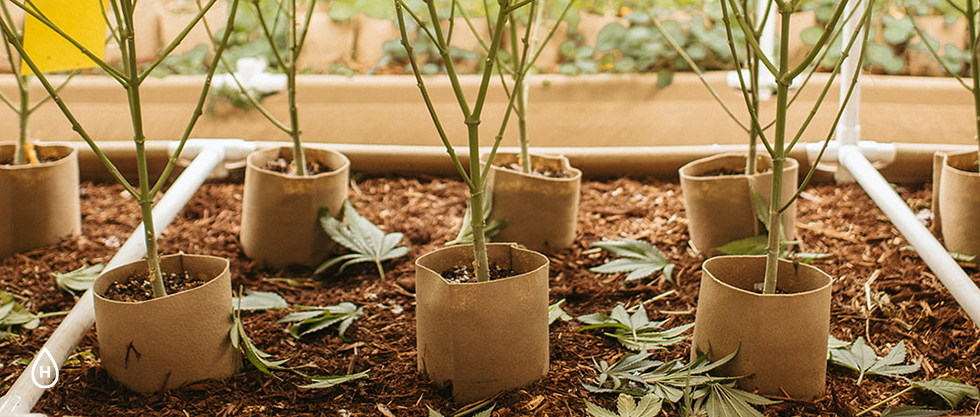The first time I went to a dispensary, I felt like a kid who snuck into a candy store: scared yet elated. This was back when I lived in Portland, post-legalization. The employee, a tall friendly man, asked me what I came in for. “Flower,” I stammered. “Weed? What strain?” he asked, with the cadence of a Walgreens counter clerk. “I don’t know,” I admitted.
So he whisked me away behind a door, where I faced a thousand jars, all labeled by name and contents. I was overwhelmed. I had no clue what any of the percentages meant or even what would work well for me.
But the clerk merely looked at me and asked: “What’s bothering you?” Then, he provided an answer to my anxiety.
THC and CBD work wonders for many ailments, ranging from PTSD to dietary disorders to even, surprisingly, psoriasis. A friend of mine uses medical marijuana to alleviate that ailment specifically, so I’ve seen its magic work firsthand.
The stores here in Memphis use a type of cannabis designated Delta-8, which is just a version of cannabis that is legally below the cannabinoid level of Delta-9 THC. It’s naturally occurring in cannabis plants and completely safe to consume.
Still, I was curious about the industry and its crop. So, I decided to sit down with Cam Heil from Ounce of Hope for a discussion. What better way to learn than to ask an expert, right?
So, my first question is: What’s the deal with the fish?
The fish are our fertilizer. Or, at least, their poop is. It’s called aquaponics. We started with deep water culture, but that doesn’t replicate outdoor conditions for indoor growing like using koi and tilapia waste does. It provides us with plant nutrients, plus we can control the biochemistry better. We’re able to track ammonia and nitrate levels so we can extract the proper amounts for our cannabis. Cannabis is picky about what nutrients it likes, so we need to be selective. These plants love potassium and calcium, which we get naturally from fish waste.
Seems like there’s a lot of it. How do you filter it all?
Good question. Do you see those big green filters? Well, we run the water and fish waste through those filters which have beads that trap the nutrients and chemicals for us, keeping the solids separated at the bottom. It also allows bacteria to cultivate in the top layer: a major part of our growth cycle. It breaks down the ammonia from the waste into those helpful nitrates.
Article by:
William Smythe
William Smythe is a local writer and poet. He has been published in multiple magazines, both online and in print, and works with the community creative workshop collective, Memphis Writers.
